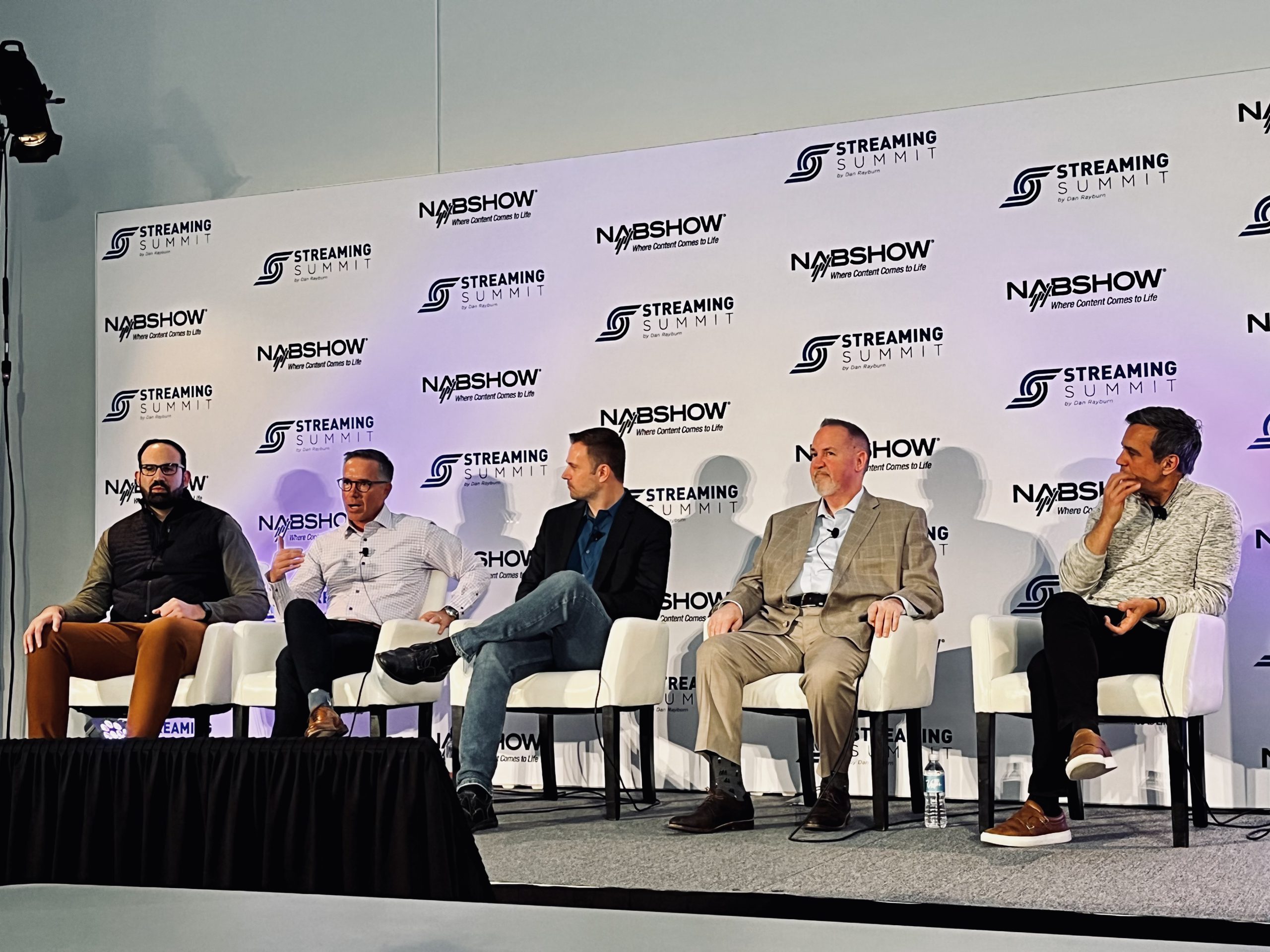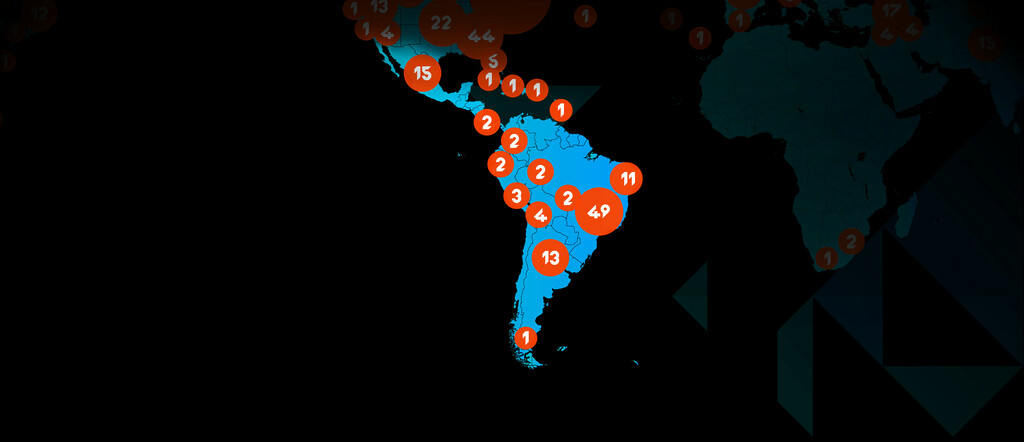
Optimizing OTT Delivery – Perspective After the Streaming Summit at NAB
For all its advancements, the OTT space is sometimes held back by confusion and misperception. For example, the media value chain lacks sufficient clarity over the ownership of content delivery from source to destination. Specifically problematic are the challenges in last-mile delivery, by which I mean the handoff of streams from origin or CDN to the Internet Service Provider (ISP). There are also questions about who takes responsibility for quality issues, and finger-pointing over delays and buffering of live feeds can contribute to confusion and, ultimately, frustrate end-users. The quest to deliver the best possible end-user experience is an ongoing and multi-dimensional pursuit for content publishers, service providers, and technology vendors across the streaming ecosystem. This was the subject of an informative discussion during a recent session at the Streaming Summit at NAB Show titled Best Practices for Video Packaging, Playback, and Delivery.
I joined the panel alongside Streaming Global’s Richard Oesterreicher, Peloton’s Raul Santos, and Warner Bros. Discovery’s Alex Zambelli, moderated by Continuous Media’s Adam Weiner. At the heart of the discussion was the topic of delivering media at scale for local, regional, and global audiences while meeting requirements to support myriad devices and formats. We explored the options and best practices for packaging media for high-quality playback and delivery to end-users, as well as optimizing the OTT delivery chain.

Tackling Latency and Scaling
There was panel-wide agreement that until now, commercial CDNs have served a valuable purpose for video delivery. Today’s content landscape, however, is vast and more diverse when compared to a decade ago. There’s more content – new streaming services are constantly churning out new series, movies, and documentaries, as well as a raft of live programming that consumers expect to access from any device, anywhere. Video content is also expected to be delivered in higher quality, in standards such as 4K and HDR, and in new immersive formats like VR and AR. Simply put, today’s internet was not architected to carry the amount of streaming content that is currently flying across networks all day, every day.
Interactivity is yet another challenge for content publishers and service providers to tackle. As Peloton’s Raul Santos raised during the session, interactive content, such as live workouts, sports betting, and social media, makes low latency delivery even more critical. However, ultra-low latency delivery mechanisms and 5G bandwidths aren’t always required to create a great interactive experience. For example, a best practice today in some use cases is to adjust video stream performance (start time, bit rate) to align with the interactive and metadata elements. In other words, the publisher can manage stream delay and synchronize the overall interactive experience. Of course, this approach does not work for use cases like sports wagering!
Underpinning this all is a lack of clear responsibility for latency and scaling issues. This lack of communication and clarity can be a contributor to poor experiences and subscriber churn. Picture yourself streaming a game on an OTT service, and the feed buffers just as a goal is scored. The immediate response may be to blame the ISP for lack of bandwidth. What is not clear is the root cause which may originate further up the chain of delivery – it could be due to bad peering link, CDN server failure, origin failure, an issue with the transcoding of the feeds, or even the camera feed at the event itself. More visibility and transparency are needed across the ecosystem.
The Rise of the Federated CDN
The good news is that solutions and projects are in progress to help address these challenges and improve the end-user experience. For example, Qwilt’s philosophy is to push as much of the delivery infrastructure deep into the ISP network, as close to end-user as possible. Simply put, closer is better. With this approach, quality of service is significantly improved. We initiated our rollout of embedded edge delivery with service provider partners in the LATAM region, where countries tend to have less developed national internet networks and sub-optimal network to network peering. The improvement in delivery quality, as a result of our work with partner TIM Brazil for example, has been substantial.
However, there is much more work to be done. As the panel highlighted, even in the United States, there are still 21 million Americans that do not have access to broadband (source: PEW Trusts). Despite the rollout of 5G networks, many people still rely on access to 2G or 3G networks to stream their content – entertainment and otherwise – which is insufficient bandwidth for today’s demands.
Another obstacle to overcome, one that Warner Bros. Discovery’s Alex Zambelli pointed out, was the need to design streaming protocols that leverage CDNs to reduce latency and enable the broadcaster to scale their feeds as needed. There currently isn’t one agreed upon protocol in place to enable this, although industry forums such as the Streaming Video Alliance are working hard to create such protocols and foster strong industry support.
By pushing as much of the delivery infrastructure deep inside the service provider’s network and building industry-wide standards, the entire value chain can save money, time, and resources while improving viewing experiences. Media organizations increasingly utilize cross-vendor relationships and look to partnerships to scale. Standardization, communication, and transparency across the industry can reduce finger-pointing when it comes understanding consumer experiences. This principled, cross-industry approach will guide the streaming community to deliver content flawlessly, and by doing so, delight end users. Everyone across the media value chain wins.
For more, you can watch the full Streaming Summit session Best Practices for Video Packaging, Playback, and Delivery online.
Ready to take the next step?
We have a team of content delivery experts ready to answer your questions.
Related resources

Blog
Amazon’s “Diamond” points to Open Caching for live sports streaming

Blog
Live streaming records shattered again: How soon will we reach 100m?

Blog
Open Caching and CDN standards: The role of the SVTA and IETF

Event




